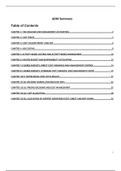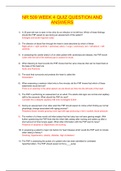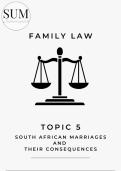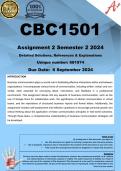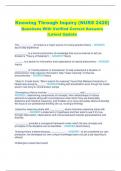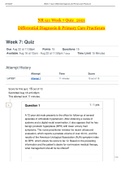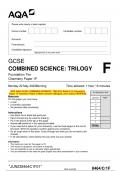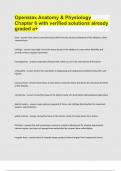Summary
Summary Accounting for decision making (ADM) | IB year 3 | Major finance and control | HvA
- Module
- Institution
- Book
English summary that includes all the chapter for HvA major finance and control for international business study. Horngren's Cost Accounting IBSN: 978-1-292-21154-1. Zelfde informatie als in het samengestelde boek voor ADM staat dat je van study store kan kopen. Kijk tussen de haakjes voor de h...
[Show more]
